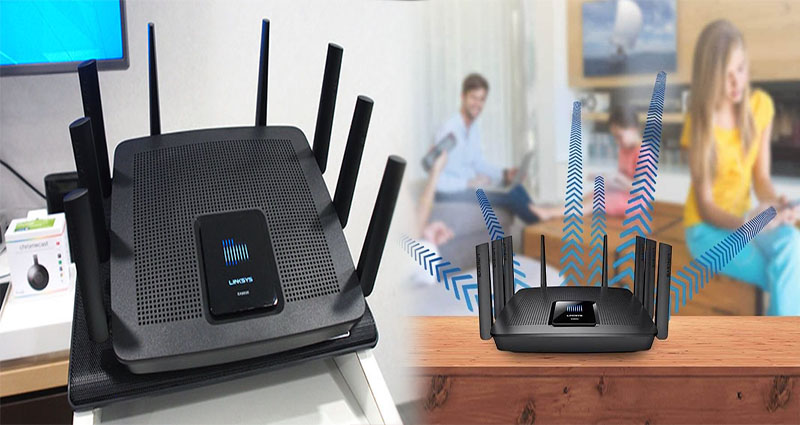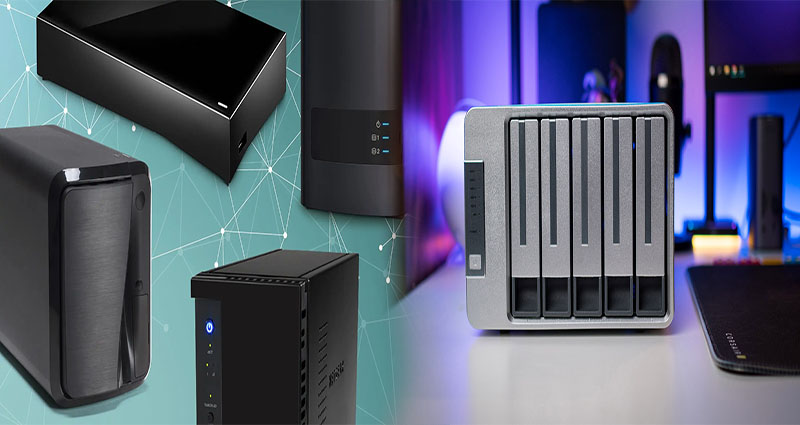Scalable Storage Options to Accommodate Growing Needs in Wireless NAS for Home
As our digital lives expand, so does our need for ample storage space. Home networks are now filled with an array of devices, from smartphones to smart TVs, all requiring storage for videos, photos, documents, and more. Network-Attached Storage (NAS) provides a convenient and efficient solution for centralized storage in a home network. In this article, we explore scalable storage options to accommodate the growing needs of a wireless NAS for home.
Understanding Wireless NAS
A Wireless NAS device is a dedicated storage solution that connects to your home network, allowing multiple devices to access and share files and media. With wireless capabilities, NAS eliminates the need for physical connections, providing convenience and flexibility. As your storage requirements evolve, the ability to expand the NAS storage capacity becomes crucial.
The Importance of Scalable Storage
Scalable storage refers to the ability to expand the storage capacity of a NAS device as your needs grow. This scalability allows you to start with a smaller capacity and gradually increase it, saving costs in the initial stages. By choosing a NAS device with scalable storage options, you future-proof your storage solution and ensure that it can adapt to the changing demands of your home network.
Different Scalable Storage Options
There are several scalable storage options available for wireless NAS devices. Let’s explore some of the most popular ones:
1. Hard Drive Bays
Many NAS devices come with multiple drive bays that can accommodate multiple hard drives. This allows you to start with a single drive and later add more drives as needed, increasing your overall storage capacity. Some NAS devices even support hot-swapping, where you can add or replace drives without powering down the device.
2. Expansion Units
Expansion units provide an external solution for increasing the storage capacity of your NAS device. These … Read More











